Dennistoun Community Council (DCC) recently compiled and submitted proposals to Glasgow City Council (GCC) identifying potential improvements to pedestrian infrastructure provision in and around our area.
A PDF of the full document can be viewed here. Images of each individual page of the document can be viewed below the summary that follows.
Updates: 12 September 2023: The GCC response to DCC can now be found at the bottom of this post. 18 September: DCC recommendations to the DAP can be found in a separate update post here.
Context
This action was taken as a follow up to a GCC request for input and suggestions, from stakeholders such as community councils, of potential projects or priorities that could be delivered using the £1 million per ward Neighbourhood Infrastructure Improvement Fund (NIIF).
The stated aims of the NIIF are to:
“enable areas to be accessible and healthy places that allow people, of all ages and abilities, out to play and socialise in their local area” [and to] “maximise the social, economic and environmental benefits of the area through interventions that improve localities and place and help to reduce the city’s dependency on cars by making walking, cycling and public transport first choice“.
DCC supports the aim to provide better safer streets for all, as part of a thriving sustainable future for our diverse community. DCC has been consistent in actively promoting and engaging with multiple recent consultations on these issues.
DCC has previously identified various streetscape issues, points of concern, and opportunities identified within the our area. Many of the proposals in this submission have been included in dialogue with GCC and Councillors, and within responses to multiple public consultations in recent months and years.
Proposals
This submission focuses specifically on pedestrian accessibility. The proposals can be grouped into three main categories:
- new puffin crossings;
- new zebra crossings;
- other accessibility improvements (e.g. continuous kerb-free access).
All of the identified locations are currently without proper measures in place for pedestrians taking routes across busy roads.
There are, in some instances, yellow road markings and/or dropped kerbs already in place, providing a very basic level of traffic control or pedestrian accessibility. But those measures alone provide much less than the bare minimum of acceptable modern provision that should be made available for pedestrians at these locations.
Locations
New Puffin crossings are proposed for Alexandra Parade, Bellgrove Street, Cumbernauld Road, Duke Street, John Knox Street, Gallowgate and Millerston Street. These are all main roads (defined by GCC as strategic, main distributor, or secondary distributor roads), with notably large distances between some of the existing crossings. Generally these are busier and wider roads, connecting with the wider transport network, often with four lanes of vehicular traffic.
New Zebra crossings are proposed for Craigpark, Armadale Street, Milnbank Street, Todd Street, Wishart Street and Whitehill Street. These are all streets that connect to main roads at both ends (defined by GCC as link or local access roads). These locations are on busy pedestrian routes which are mainly residential single lane or one way roads. Parked vehicles along both sides of the street tends to be the norm, affecting visibility sight lines between pedestrians and traffic. They connect people with local places; or to their onward journey, either continuing as a pedestrian, or transferring to public transport.
Step free access routes are proposed for Ark Lane (between Broompark Drive and Duke Street); and for Onslow Drive and Craigpark (accessible level footways by removal of stepped kerbs across these routes which have numerous carriageway-level entrances to properties). These are direct routes for active travel within the area, notably providing access to schools and other local facilities (e.g. library and swimming pool).
Tactile paving and raised tables are proposed in locations where pedestrian routes cross over side roads at junction with main roads. Some basic examples of this arrangement are already in place at some side road junctions along Alexandra Parade.
Policy, Strategy, and Guidance
The proposals in this submission are all based on a consistent methodology in line with GCC road hierarchy and measured distances between existing provision.
DCC believes these proposals are fully supported by, and would progress the aims of, the GCC Active Travel Strategy, Liveable Neighbourhood Plan, ‘Vision Zero’ Road Safety Plan, and other associated policies such as the Public Realm Design and Maintenance Guide.
Many other national and local policies, strategies and guidance documents also recognise the importance of providing this kind of safe and accessible high-quality pedestrian infrastructure.
The Glasgow Cycling and Walking Index data showed the following public support for the provision of more and better pedestrian crossings:
- 74% want more frequent road crossings, with reduced waiting times.
- 75% want better accessibility, e.g. level surfaces dropped kerbs at crossing points.
Benefits
There would be at least two key benefits of introducing these proposed pedestrian improvements.
Firstly, the direct provision of the actual in situ controlled crossings, creating better safer routes for pedestrians.
Secondly, in terms of changing the balance of priority given to road users in the area. The improved pedestrian provision would have the knock-on effect of calming traffic in general, making it safer for all forms of active travel: for pedestrians crossing roads at uncontrolled/informal locations, and for cyclists sharing the carriageway with vehicles.
None of the measures would remove or impede vehicular access, but all of them would improve safety and accessibility for all road users: drivers usually also being pedestrians for at least part of their journey.
These measures alone are just part of broader series of improvements required, if we are to have accessible healthy places; and realise the social, economic and environmental potential of our neighbourhood. DCC therefore looks forward to the introduction of significantly improved pedestrian provision in our neighbourhood, as a matter of priority.
Submission
The proposals were submitted to the GCC Neighbourhoods Liaison Manager, with copies also sent to all Councillors for the Dennistoun and Calton wards, with the following request:
Please find attached a list of proposals for improvements to pedestrian infrastructure provision in the Dennistoun Community Council (DCC) area. It is noted that the DCC boundary includes parts of both the Dennistoun and Calton wards.
These proposals are submitted primarily in response to the announced Neighbourhood Infrastructure Improvement Fund (NIIF) and a subsequent request via the Area Partnerships for NIIF project suggestions. They also follow on from the Liveable Neighbourhood consultation and Stage 1 and 2 reports which identified various interventions to improve active travel provision within our neighbourhood. Further relevant context is contained in the attached document.
We request that GCC provides answers to the following questions for each of the identified proposals (as listed, with a numbered or lettered reference, in the table on page 5 and 6 of the attached document):
- Are there currently any plans, projects or resources confirmed as being in place in order to provide this identified proposal (or an improvement that is equivalent or similar)?
- If resources are in place, what is the anticipated timescale for delivery?
- If resources are not in place, is the proposed pedestrian improvement a theoretically viable suggestion?
- If it is theoretically viable, what is the method by which this proposal can be progressed?
- If it is not theoretically viable, please summarise explain what is preventing implementation of that proposal.
Full Document
Note: A PDF of the full document can be viewed here.
Select each image for a full size version of that page.
Comments
Let us know what you think!
Comment via the reply thread below, or get in touch via one of the other methods of contact.
Update: Response from GCC
Received on 12 September 2023 from the Martin Lundie, Neighbourhoods Liaison Manager, Neighbourhoods, Regeneration and Sustainability (NRS), Glasgow City Council (who is also also a co-opted member on the Dennistoun Area Partnership representing GCC NRS, alongside ward councillors, community councillors, housing associations, poilce, and fire and rescue):
Thank you for your email and suggestions, I appreciate the time DCC have put into this.
In terms of the suggestions you have made, for these to be progressed Area Partnerships would be required to approve these. Calton Area Partnership have recently undertaken an initial pilot Community Engagement Consultation and are at the stage of deciding what suggestions, that were suggested by the community, will be put forward for public vote. At the moment there is no date set for the public vote, but when this has been agreed I will let you know the details of this.
Dennistoun Area Partnership are due to meet on 19th September 2023 and DCC are represented on the Area Partnership. I will be providing an overview of the community consultation piloted in Calton. At the moment there is no date for a community consultation in the Dennistoun Ward. This is likely to be determined in late October/November and I will advise the Area Partnership of the proposed roll-out at the November Area Partnership meeting.
I hope the above is useful, I would reiterate however, the Neighbourhood Improvement and Infrastructure Fund is directed and approved by each area partnership and this is the most appropriate forum to raise suggestions for spend.
Subscribe! To get DCC updates delivered to your inbox, enter your email address into the box in the menu section of this site and click Subscribe Now! (To the left of the screen in desktop view, or via the menu button at the top of the screen in mobile view). Easy to unsubscribe from at any time.

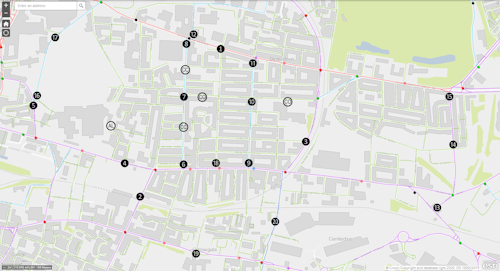
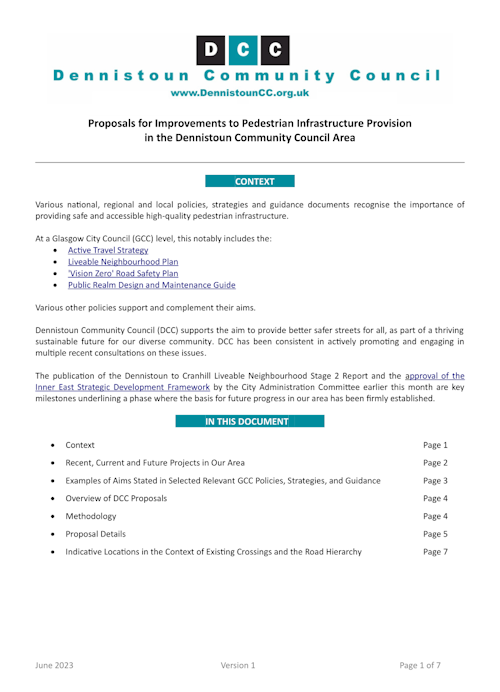
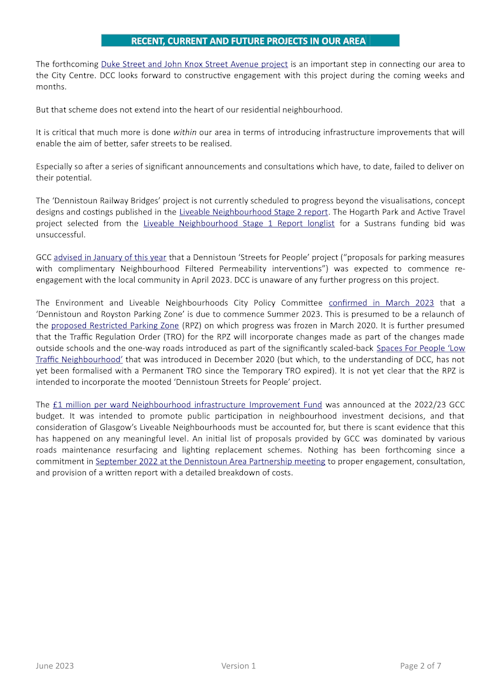
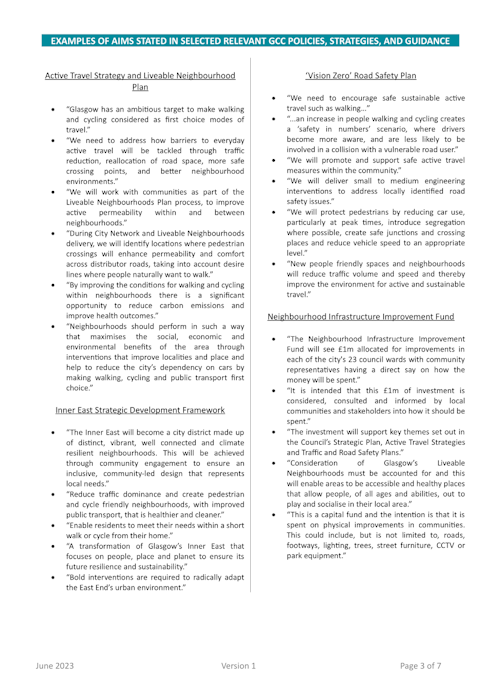

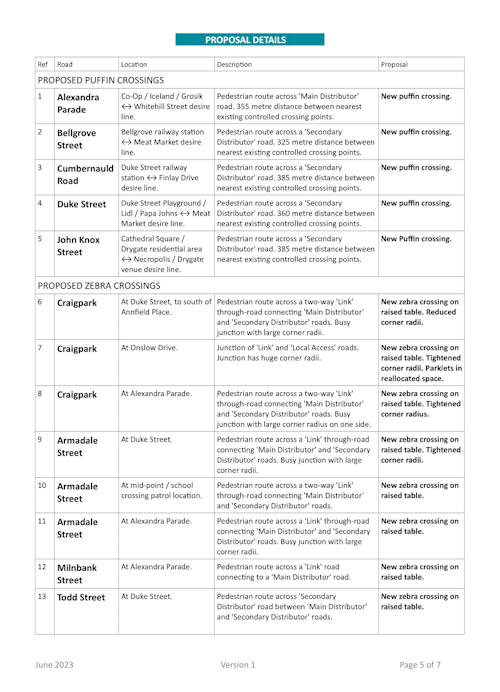



Great suggestions. Thank you for putting them forward 🙂
All looks good – but how does this all tie in with 15-minute neighbourhoods safer streets and I forget all the other similar consultations. Surely there is a great deal of duplication here – and that includes staff/consultant time and therefore costs at a time of big cut-backs.